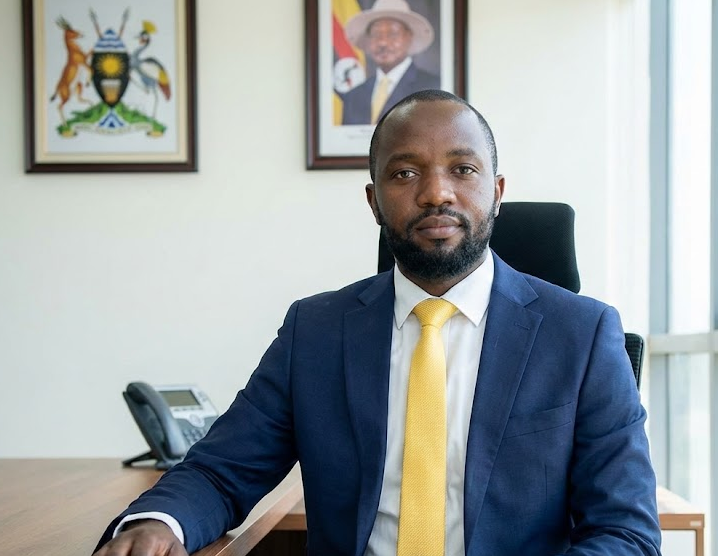In the grand tapestry of Uganda’s economic future, tourism is no longer a scenic backdrop—it’s the golden thread. President Yoweri Museveni’s manifesto doesn’t just mention tourism; it elevates it to a central pillar of national transformation. With a bold ambition to grow Uganda into a $500 billion economy, the NRM is betting big on the power of nature, culture, and strategic branding to turn the Pearl of Africa into a global magnet for adventure, investment, and unforgettable experiences.
Tourism has always been Uganda’s quiet powerhouse. Even during economic turbulence, it remained a reliable source of foreign exchange, proving its resilience and strategic value. In FY 2024/25, the sector surged to a net receipt of USD 1.6 billion—a remarkable feat given the modest investment it has historically received. But Museveni’s vision isn’t about celebrating past resilience; it’s about unleashing future potential. The goal is clear: increase the number of tourists, extend their stay, and boost their spending. In other words, turn every visitor into a high-impact economic contributor.
To achieve this, the NRM is rolling out a multi-pronged strategy that reads like a masterclass in destination development. First, Uganda will be aggressively branded and marketed—both at home and abroad. No longer will the country rely on word-of-mouth or scattered campaigns. Instead, expect a full-throttle promotional blitz that showcases Uganda’s breathtaking landscapes, rich heritage, and unique wildlife. From the misty peaks of the Rwenzoris to the thunderous roar of Murchison Falls, every corner of Uganda will be positioned as a must-see marvel.
Infrastructure is getting a serious upgrade too. Tourism roads, airports, aerodromes, and even cable cars are on the docket. The NRA/M Revolution Museum will stand as both a historical monument and a tourist magnet, while investments in ICT, electricity, water, and sanitation will ensure that every visitor’s experience is seamless and world-class. Highway stopover facilities, built in partnership with the private sector, will transform long drives into curated journeys—complete with rest, refreshment, and retail.
But Museveni’s tourism vision isn’t just about leisure—it’s about leadership. Uganda will be strategically positioned as a top destination for international meetings, conferences, sports, and events. Imagine Kampala hosting global summits, Entebbe welcoming tech expos, and Jinja becoming the adrenaline capital of East Africa. This isn’t fantasy—it’s manifesto.
Economic diplomacy will also play a starring role. Missions abroad will be funded to promote Uganda’s tourism offerings, forge partnerships, and attract investment. Meanwhile, the people behind the scenes—tour guides, hotel staff, event planners—will receive increased funding for training and skilling. Because in Museveni’s Uganda, tourism isn’t just about places; it’s about people. Empowered, professional, and passionate people.
Conservation is another cornerstone. Protected area boundaries will be maintained to combat poaching, illegal trade, and wildlife trafficking. The delicate balance between human development and wildlife preservation will be managed with precision, ensuring that Uganda’s natural treasures remain intact for generations to come.
This manifesto promise is more than policy—it’s poetry. It’s a vision where Uganda’s beauty becomes its biggest export. Where a gorilla trek in Bwindi isn’t just a bucket-list item, but a boost to local economies. Where a Nile rafting trip fuels national revenue. Where every tourist selfie becomes a silent ambassador for Uganda’s rise.
Museveni’s tourism strategy is audacious, yes—but it’s also achievable. With the right branding, infrastructure, and human capital, Uganda can become the Switzerland of Africa, the Bali of the continent, the Dubai of eco-tourism. And as the world searches for authentic, sustainable, and soul-stirring travel experiences, Uganda is perfectly poised to deliver.
The journey to a $500 billion economy won’t be walked alone—it will be trekked, cruised, hiked, and danced through by millions of visitors who fall in love with Uganda’s charm. And when they do, they won’t just leave with memories—they’ll leave behind momentum. Economic momentum. Cultural momentum. Transformational momentum.
So, as the manifesto unfolds and the campaign trail heats up, one thing is clear: Uganda’s future isn’t just being built in factories and farms—it’s being discovered in forests, festivals, and the faces of every tourist who comes, stays, and spends. Tourism isn’t just a sector—it’s a strategy. And under Museveni’s leadership, it’s about to become Uganda’s passport to prosperity.
Do you have a story in your community or an opinion to share with us: Email us at editorial@watchdoguganda.com













